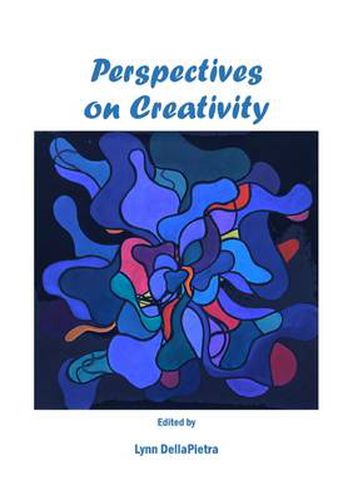Readings Newsletter
Become a Readings Member to make your shopping experience even easier.
Sign in or sign up for free!
You’re not far away from qualifying for FREE standard shipping within Australia
You’ve qualified for FREE standard shipping within Australia
The cart is loading…






Perspectives on Creativity explores the topic of creativity from multiple viewpoints, including those of the philosopher, psychologist, neuroscientist, therapist, educator, and artist. The book is organized around a series of themes, beginning with a consideration of the nature of creativity and how it can be cultivated, with special attention to how creativity can be fostered in the classroom and work settings. The second section presents qualitative studies of artists and asks what we can learn about creativity from the lives and work of these individuals, such as whether there exists a relationship between creativity and mental illness. The third section examines the healing power of creativity within the therapeutic milieu, from the relatively more well-known music and art therapy to the less familiar drama therapy. The final section of the book explores the relationship between creativity and the brain and presents studies to address whether the brains of creative individuals function differently from those of the less creative. What makes this book unique is that the topic of creativity is considered in an interdisciplinary way from both theoretical and applied perspectives, making it appealing to individuals from a wide variety of backgrounds.
$9.00 standard shipping within Australia
FREE standard shipping within Australia for orders over $100.00
Express & International shipping calculated at checkout
Perspectives on Creativity explores the topic of creativity from multiple viewpoints, including those of the philosopher, psychologist, neuroscientist, therapist, educator, and artist. The book is organized around a series of themes, beginning with a consideration of the nature of creativity and how it can be cultivated, with special attention to how creativity can be fostered in the classroom and work settings. The second section presents qualitative studies of artists and asks what we can learn about creativity from the lives and work of these individuals, such as whether there exists a relationship between creativity and mental illness. The third section examines the healing power of creativity within the therapeutic milieu, from the relatively more well-known music and art therapy to the less familiar drama therapy. The final section of the book explores the relationship between creativity and the brain and presents studies to address whether the brains of creative individuals function differently from those of the less creative. What makes this book unique is that the topic of creativity is considered in an interdisciplinary way from both theoretical and applied perspectives, making it appealing to individuals from a wide variety of backgrounds.